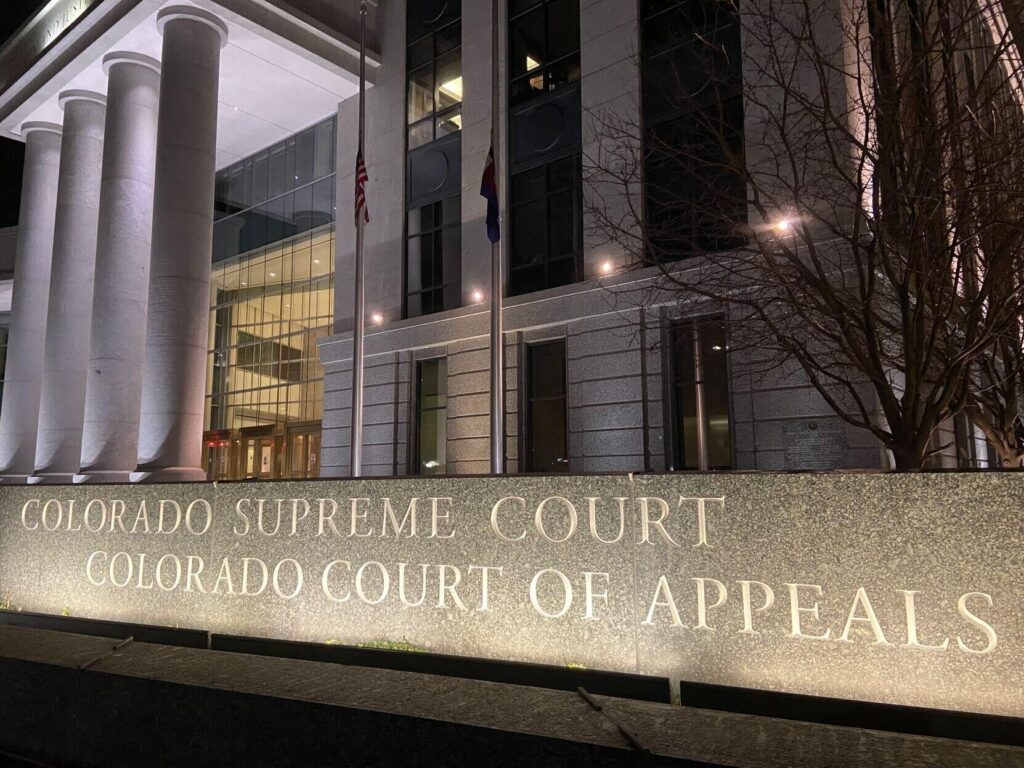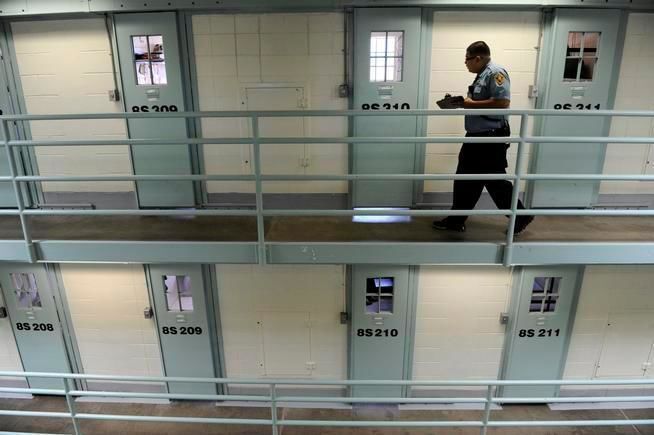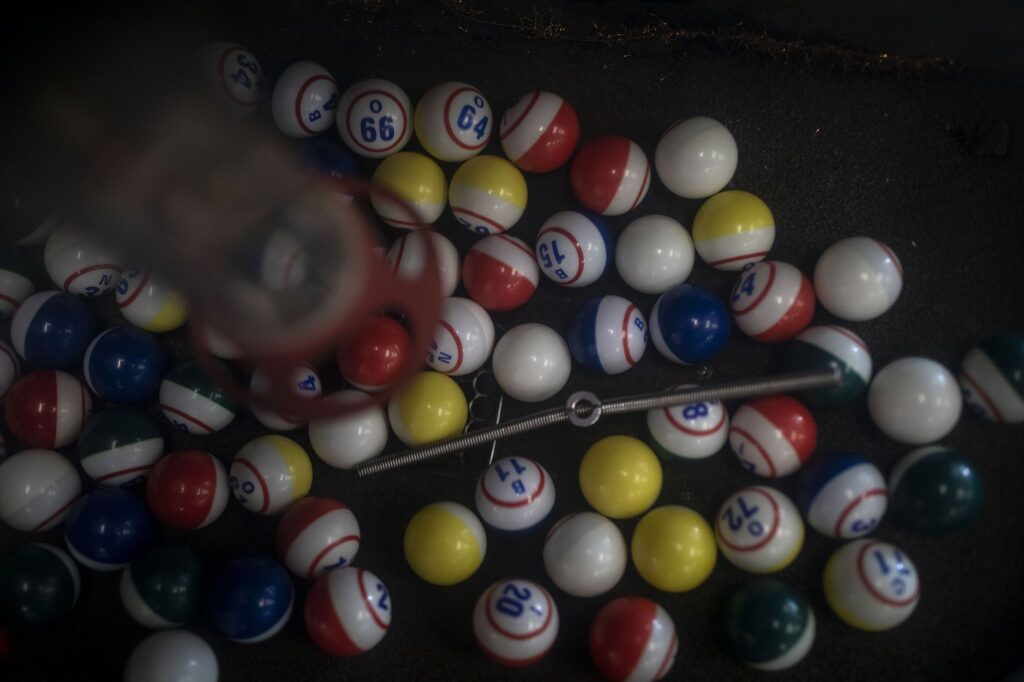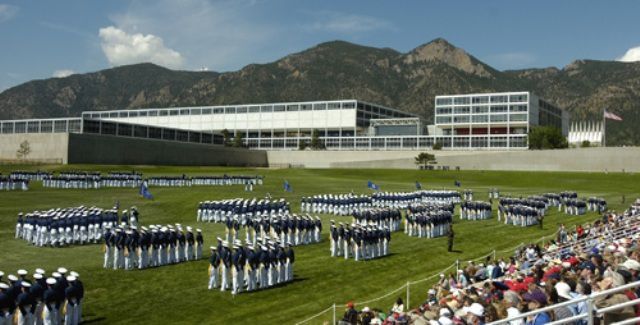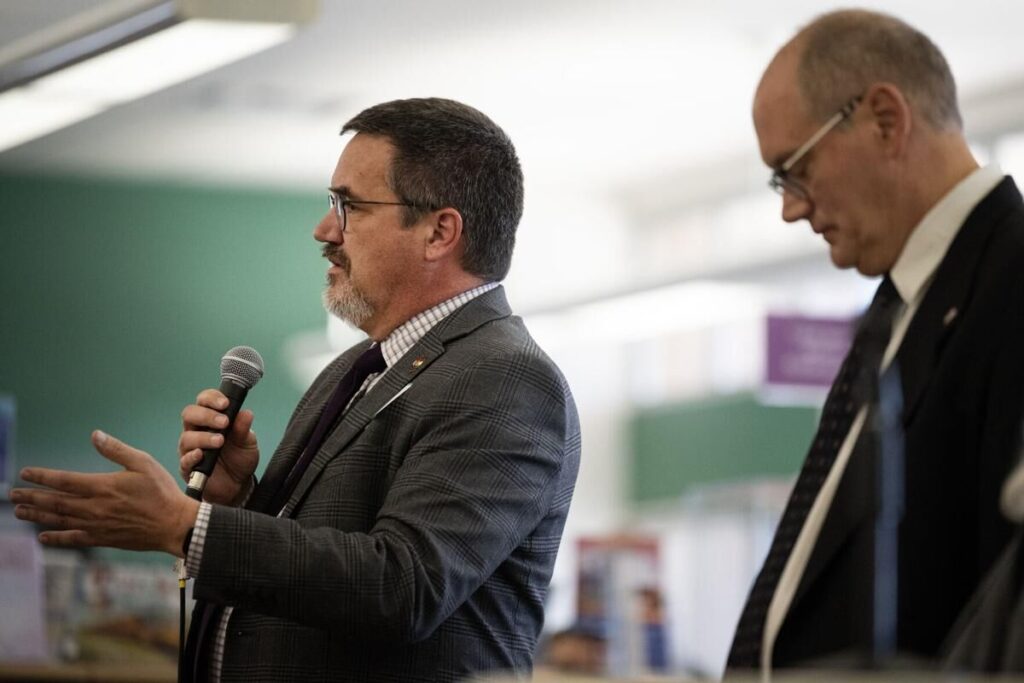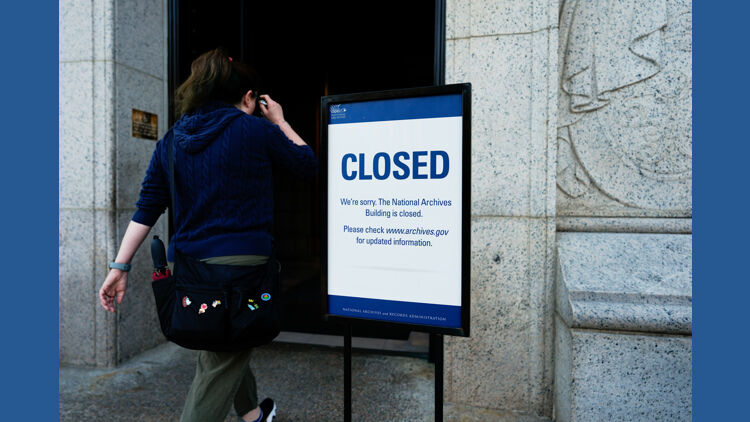How does the world see race?
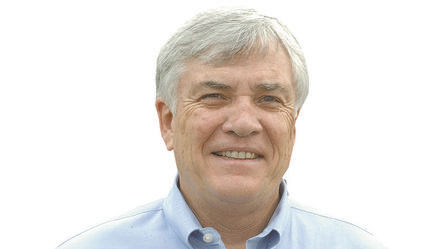
The 67th annual Conference on World Affairs at the University of Colorado Boulder campus kicked off with a provocative keynote address by Pulitzer Prize winning columnist (2004) Leonard Pitts of the Miami Herald. In a century when our first African-American president has called for a vigorous national dialogue on race and his African-American Attorney General, Eric Holder, has suggested we are all too cowardly to engage in an honest discussion of race, Pitts stands out as a voice that regularly addresses racial issues. He challenged his audience to ask themselves, “What do you see, when you see me?” He would return to that question at the close of his remarks.
First, he addressed the Trayvon Martin/George Zimmerman killing by observing that once you examine the half dozen mug shots Zimmerman has ‘so graciously’ provided us, “Who was the thug? If a group of young black men wearing their ball caps backward are walking down one side of the street carrying bats while laughing loudly and boisterously while a similar group of white young men are walking down the other side of the street bats in hand, which is the gang and which the ball team?”
Pitts challenged the entire history, even the validity, of race as an identifying characteristic of anything more than our prejudices. He pointed out that school shootings, which have mostly occurred in predominantly white schools is perceived as an American problem, while the random killing of black children in neighborhood drug wars is often discussed as a ‘black problem’.
He asked, “What did police officer Michael Slager see in North Charleston, South Carolina, when he shot Walter Scott six times?” The next day we learned that Slager saw the back of a man fleeing from him in terror. A man he claimed was attempting to wrest away his Taser, although the video appears to show him stunning Scott and later dropping the Taser next to Scott’s inert body. In what reality should a traffic stop for a broken taillight (if that was even true) become a capital offense?
As Pitts observed, “There is nothing wrong with America in theory. It’s the practice that seems wanting.” He admonished those who approach him and claim, “I don’t see a black man when I see you, I feel I’m colorblind.” He responds to such self-congratulation with, “No, you must be blind. I’m 6’1” and medium brown.”
As is so often the case, many of Pitt’s most revealing observations came in response to audience questions. When asked to validate the theory that Millennials evidence far more tolerant attitudes on questions of race, he dashed cold water by noting that, “I’ve heard this since I was a young man. Each new generation is supposed to put our racial conflicts behind us. In my experience we seem to adopt the attitudes of our parents as we age. My generation certainly didn’t solve the problem, even those of us with the best of intentions. Why should I believe this has changed?” Asked about the potential of the Occupy movement he was equally pessimistic, “Zuccoti Park today looks a lot like it did before Occupy came along. I’m afraid we’ve forgotten how to do social change. The civil rights movement, the feminists, the gay movement had goals. There were bills they wanted to see passed, or bills they wanted to see killed. They had an agenda. Once we could say, ‘You have my attention’, they could tell you what they wanted us to do. Not so much today.”
The final two questioners provided evidence for how far we have yet to travel. Those who believe that a public event is about them never cease to amaze me. An older, white woman told a tale of her relationship with an African-American housekeeper in South Carolina — ‘not her maid, but her friend’. “At the end of the day each week, I would cook a meal for us to share. I took out my best Lennox China and we would talk like equals. She told me I had done more for race relations in South Carolina than anyone in the state.” Her self-delusion was breathtaking. Pitts asked whether she had a question and she replied, “No, I just wanted to share with you what is possible.” She was followed by an older, black woman who talked about the difficulty of being an African-American in Boulder County. She has written a self-published book of poems addressing her challenges. It’s hard to imagine the volume will ever prove a bestseller on Chicago’s Southside, but Pitts courteously invited her to bring his copy up to the stage.
The Conference on World Affairs is celebrating its 67th year, an annual celebration of the bonds between ‘town and gown’. Although no one remains who can testify to the motivations behind the inaugural event in 1948, it seems likely it was, at least in part, an attempt to demonstrate intellectual relevance at a time when the University’s best known alumnus was Glenn Miller; and Colorado was seen as an unrepentant wild frontier. Governance of the Conference is currently experiencing turmoil that confirms Henry Kissinger’s observation that, “The reason academic politics is so vicious, is because the stakes are so small.” It would be a shame, however, if an institution that has hosted Eleanor Roosevelt, Molly Ivins, Roger Ebert and Paul Krugman were to fall victim to petty rivalries.
Miller Hudson is a public affairs consultant. he can be reached at mnhwriter@msn.com.



